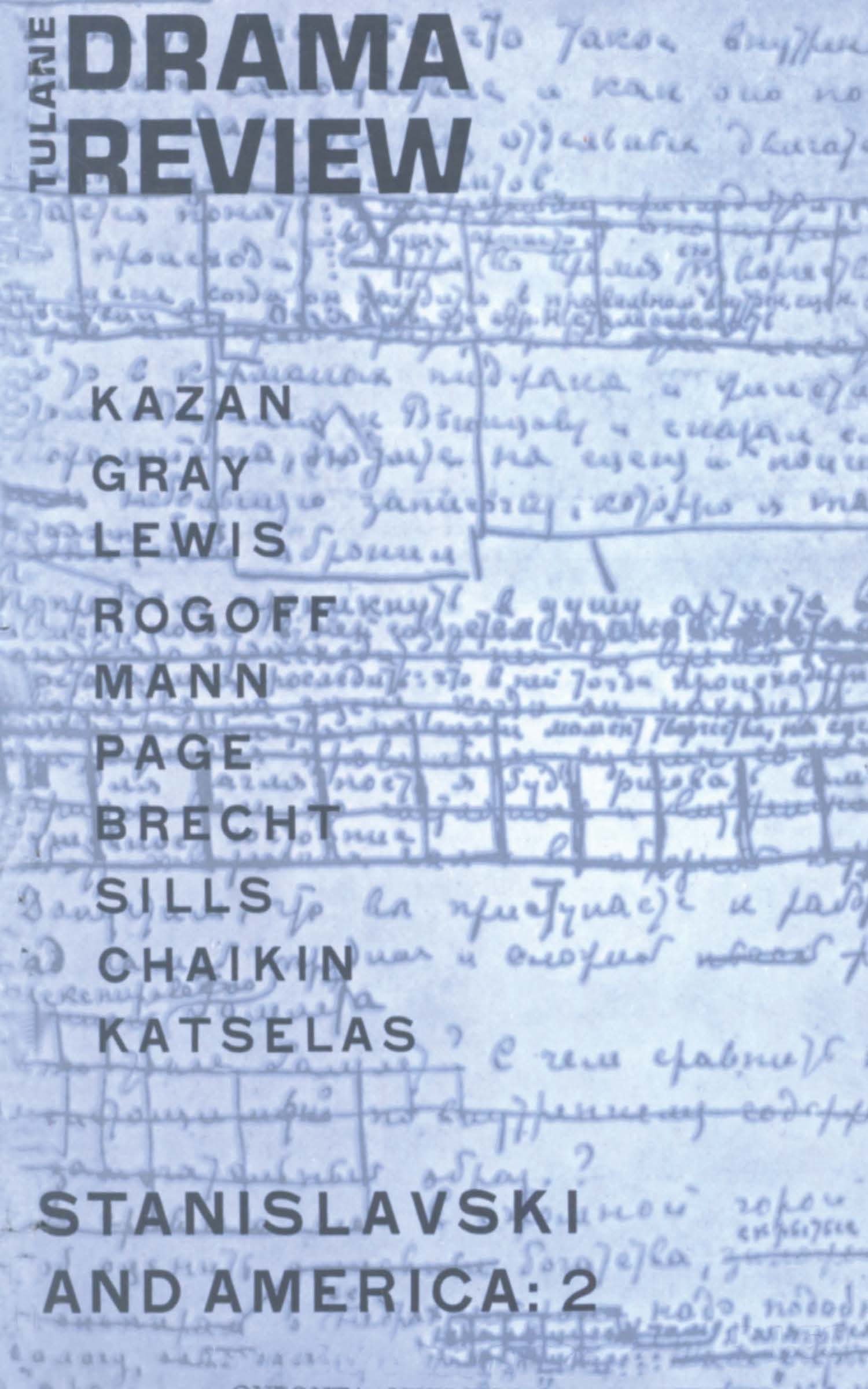Article contents
The Approach to the Spanish Drama of the Golden Age
Published online by Cambridge University Press: 23 November 2021
Extract
By the “approach” to the drama of the Golden Age I mean a guide to its understanding. I have thought that some remarks on this subject might be useful because the drama has not yet been satisfactorily handled in any histories of Spanish literature. This is mainly due, I believe, to the fact that our conceptions of what a play is and how it should be approached are derived from our inherited notions of the classical and Shakespearian dramas, and from the realistic theatre of more modern times, whereas Spanish literature offers us a form of drama that is in many respects different from any of these.
The Spanish drama of this period is not, of course, uniform in technique; there are very great differences between the last plays of Calderón and the first of Lope.
- Type
- Research Article
- Information
- Copyright
- Copyright © The Tulane Drama Review 1959
References
Notes
1 The most recent example of this traditional misinterpretation is Brenan, Gerald, The Literature of the Spanish People (2nd ed., Cambridge 1953), pp. 282-84Google Scholar. His view has been corrected by Wilson, E. M., “Gerald Brenan's Calderon,” in Bulletin of the Comediantes, vol. IV (1952), No. 1Google Scholar.
2 We must exclude, of course, the death of martyrdom in the religious plays, where, in the spiritual context of the action, poetic justice does not apply.
3 Valbuena, A. Prat refers to “la lógica un poco desconcertante, un poco paradójica” of the play (Historia de la literatura espanola, 3rd ed., 1950, vol. II, p. 248)Google Scholar.
4 Hurtado, J. and Palencia, A. González, Historia de la literatura española (4th ed., Madrid 1940), p. 635Google Scholar.
5 Thus the King of Naples refers to it as a “yerro … cometidc en mi ofensa,” which has “profaned” his palace.
6 Dam, C. F. A. van, El Castigo sin venganza (Groningen 1928), pp. 104-112Google Scholar. See also Vossler, K., Lope de Vega und sein Zeitalter (Munich 1932), pp. 257-60Google Scholar (Spanish trans., Lope de Vega y su tiempo, pp. 284-8).
7 See, e.g., Ticknor, G., History of Spanish Literature (London 1863), vol. II, pp. 368-69Google Scholar. More recent examples of this criticism are Trend, J. B., Lorca and the Spanish Poetic Tradition (Oxford 1956), p. 135Google Scholar (“It seems the reductio ad absurdum of Spanish religiosity“), and Brenan, Gerald, The Literature of the Spanish People (Cambridge, 2nd ed., 1953), pp. 287-88Google Scholar (“morbidity and perverted sensuality … a kind of pornography dedicated to religious ends“).
8 e.g., lines 223-30, 238-39, 279-81, 376-79, 1029, 1349-54, etc. (The Clásicos Castellanos edition numbers the lines.)
9 E. Wilson, M., “La vida es sueño,” in Revista de la Universidad de Buenos Aires, vol. IV (1947), pp. 61–78Google Scholar. This study also illustrates the other main points I have discussed, for ‘the play is a subtle example of duality of plot resolved in unity of theme, and probably the most remarkable exemplification of poetic justice, worked out in each of the characters, in the whole of the Spanish drama.
10 We do not, of course, now use “ignorance” in this sense. Calderón's terminology is scholastic. The medieval theologians called this “the ignorance of wrong choice” or “the ignorance of defect oi’ attention,” and considered it a cause of sin; it was present in Lucifer's fall. See Farrell, W., O.P., “The Devil Himself,” in Satan (Sheed and Ward, London 1951), p. 14Google Scholar.
- 6
- Cited by


